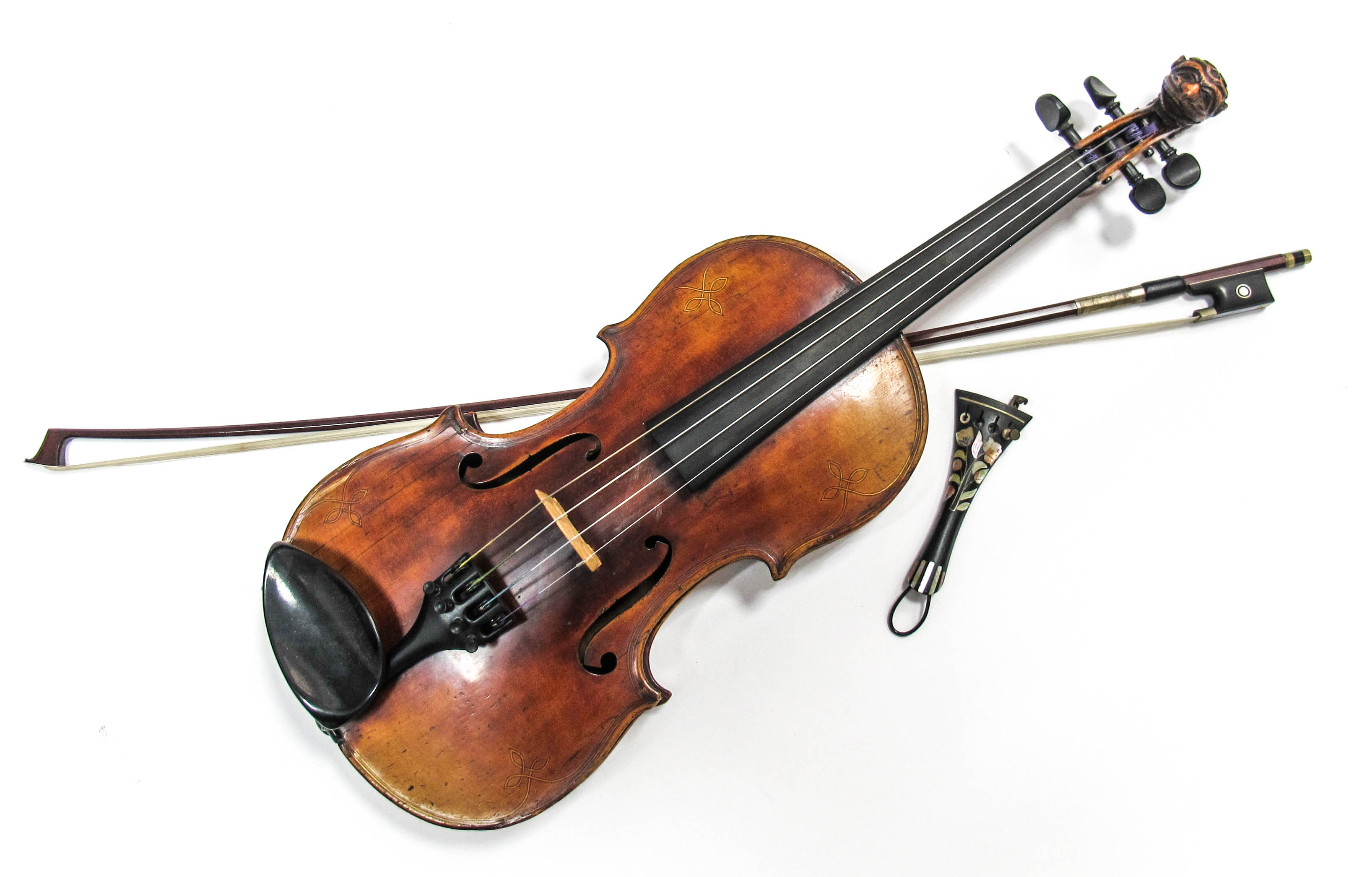Musical Instruments
Music has been performed since the dawn of human time with instruments and through vocal song
10/10/2024 Blog
Over the years my husband and I have been to many concerts from the Rolling Stones at Wembley, Take That in Milan to Andrea Bocelli in Vienna. I can’t imagine a world without music.
Music is a form of art, which derives from the Greek word meaning "Art of the Muses." In ancient Greece, the Muses were the goddesses who inspired the arts, such as literature, music, and poetry.
Music has been performed since the dawn of human time with instruments and through vocal song. While it is not certain how or when the first musical instrument was invented, most historians point to early drums and flutes made from animal bones that are at least 37,000 years old. The oldest known written song dates back 4,000 years and was written in ancient cuneiform. Any object that produces sound can be considered a musical instrument, most particularly, if it was designed for that purpose. Over time, musical instruments have evolved and diversified, with the development of new technologies leading to the creation of more complex and innovative instruments. From the classical instruments of the orchestra to the modern electronic instruments of today, the history of music instruments is a testament to the creativity and ingenuity of musicians throughout the ages.
Stringed instruments such as lyres and harps began to emerge around 2000 BCE in ancient Mesopotamia and Egypt. These instruments were typically made from wood and strings made from animal intestines. The harp, in particular, became a popular instrument in ancient Egyptian culture and was often used in religious ceremonies.

Percussion instruments, such as drums and cymbals, started to become more prevalent around 1500 BCE in various ancient civilizations like Greece, India, and China. These instruments were used for both ceremonial and entertainment purposes and played a crucial role in early music ensembles.
Wind instruments, including flutes, trumpets, and horns, began to develop around 600 BCE in ancient Greece and Rome. These instruments were made from materials such as wood, brass, and animal horns and were used in various musical contexts, from military marches to theatrical performances.
During the medieval period in Europe, new musical instruments such as the lute, organ, and violin were introduced. These instruments were more sophisticated in design and construction compared to their ancient counterparts and played a significant role in the development of Western classical musical instruments.
The Baroque and Classical periods in music history saw the emergence of iconic instruments such as the piano, violin, and flute. These instruments were further refined in terms of tone quality and range, leading to the composition of complex and elaborate musical works by composers like Bach, Mozart, and Beethoven.
The 20th century witnessed significant advancements in music instrument technology, leading to the invention of electronic instruments such as synthesizers, electric guitars, and drum machines. These instruments revolutionized the sound of popular music genres like rock, jazz, and electronic dance music, shaping the musical landscape of the modern era.
Here at Sheffield Auction Gallery we sell at wide range of musical instruments in our quarterly Fine Art sales. Instruments by well known makers are always sought after or an electric guitar played by a well known musician in fact George Harrison’s Bartell Fretless guitar recently sold at a London auction for £190,000. As always we are available to answer any questions you may have.